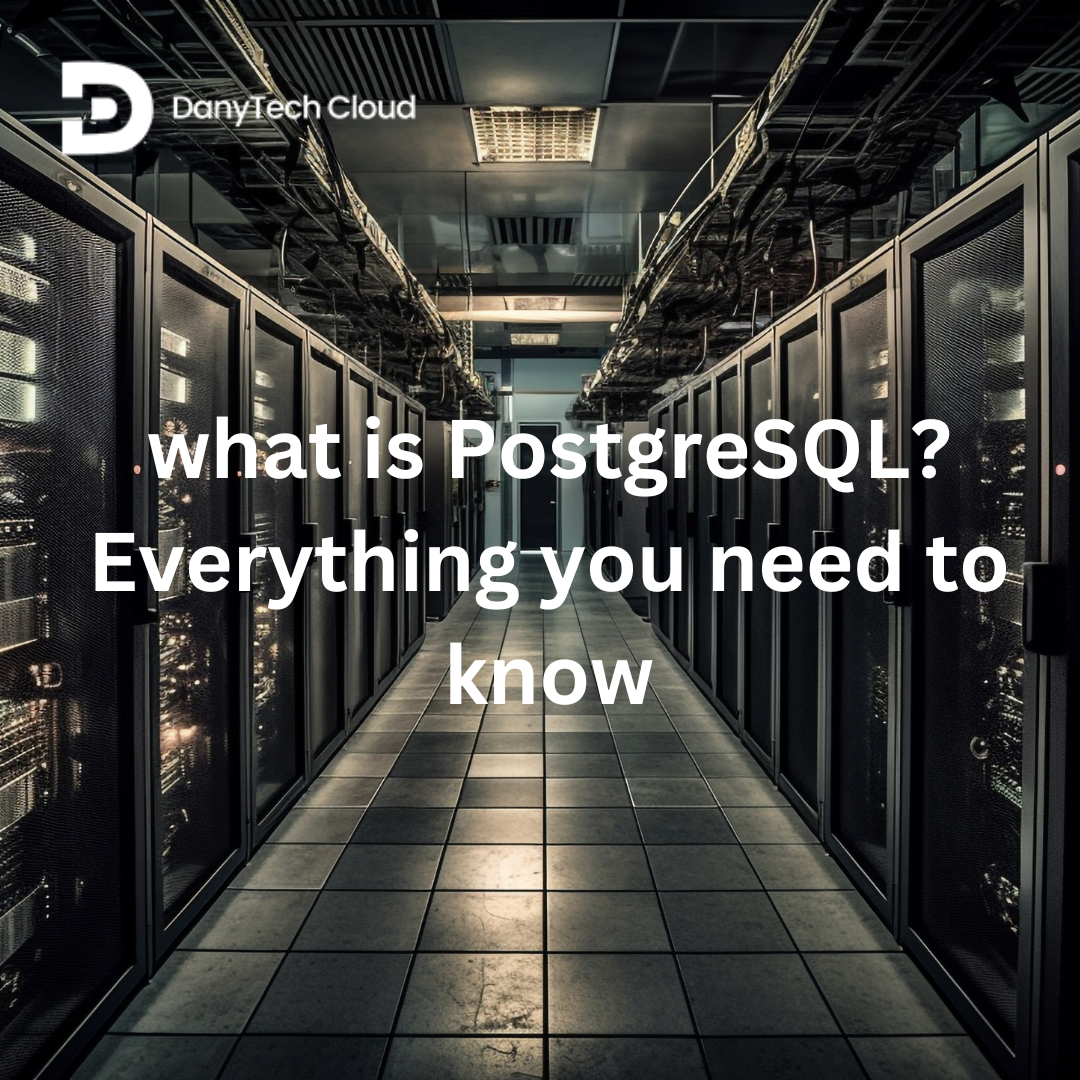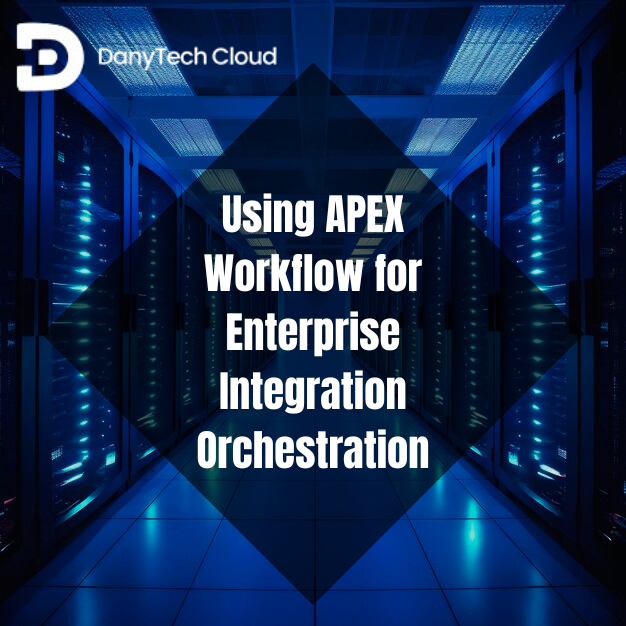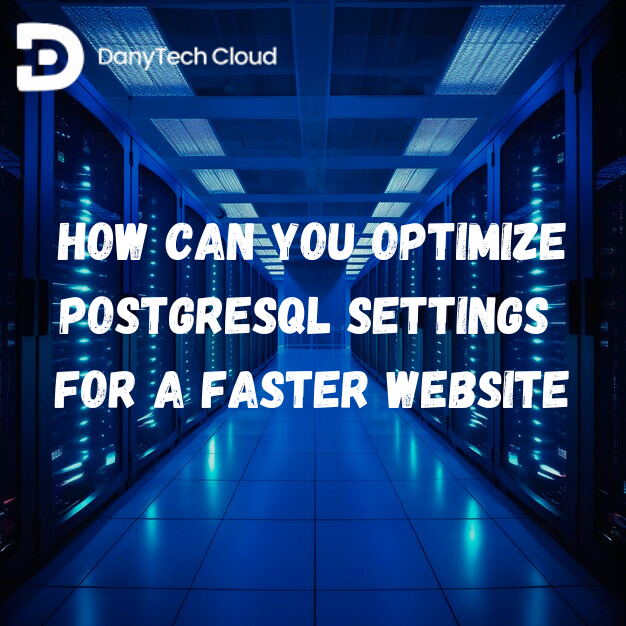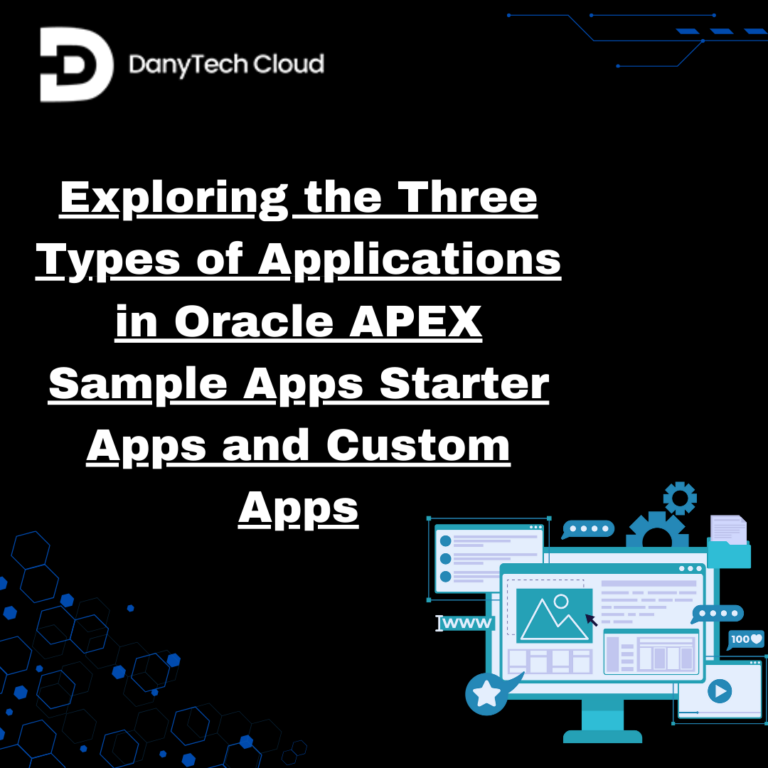PostgreSQL is one of the most widely used rational-based database management systems. In recent years, it has gone through a rapid increase in demand by developers. A lot of businesses have been using PostgreSQL as their primary digital database. They use this to support their interscale applications, products, and solutions.
Adaptability and ability to function with common operating systems like UNIX, Windows, and Linux are among the reasons why PostgreSQL is the most demanded database management system. We have briefly explained what is PostgreSQL database. You will further get the answer to ‘What is PostgreSQL database’ in detail below in this article.
What is the Postgre Schema?
What is Postgre Schema: It is important to know what is schema in postgreSQL. In PostgreSQL, a schema is a known collection of database objects. It includes views, tables, indexes, functions, data types, stored procedures, and operators.
What is a collation in postgresql?
What is collation in postgreSQL? In a database, a collation is a set of rules. It determines how data is compared and sorted. It is usually applied to how text data is sorted in multiple languages. It does this by making comparisons between text values and index text data.
What is Aurora PostgreSQL?
What is Aurora PostgreSQL? Aurora PostgreSQL is a relational database engine. It is fully managed, PostgreSQL-compatible, and ACID-compliant. It blends the reliability and speed of high-end commercial databases with the cost-effectiveness of open-source databases.
What is a Sequence in PostgreSQL?
What is a sequence in postgreSQL? In PostgreSQL, a sequence is a database object that lets you make a sequence of unique integers. Generally, you use a sequence to make a unique identifier for a primary key in a table. Moreover, you can use a sequence to make unique numbers across tables.
Common Use Cases of PostgreSQL
Now you know PostgreSQL what is. Now, we have mentioned the different common use cases of PostgreSQL.
- A powerful database in the LAPP stack
LAPP stands for PostgreSQL, Linux, Apache, and PHP (or Python and Perl). PostgreSQL is basically used as a powerful back-end database that gives multiple dynamic web applications and websites.
- General-purpose transaction database
Large corporations and startups useS PostgreSQL as the primary database to support their applications and products.
- Geospatial database
PostgreSQL, with the PostGIS extension, backs geospatial databases for GIS (geographic information systems).
- Language support
PostgreSQL supports the most widespread programming languages. These languages include:
- Python
- Java
- C#
- C/C+
- Ruby
- JavaScript (Node.js)
- Perl
- Go
- Tcl
What is Azure PostgreSQL?
What is Azure PostgreSQL: Azure Database for PostgreSQL is a completely managed database. It is a service with built-in capabilities, such as high intelligence and availability.
What is unnest in PostgreSQL?
Now let us explain what is unnest in postgreSQL. PostgreSQL unnest is the kind of array function; the unnest function in PostgreSQL is usually used to expand the array into rows. The unnest function changes a variety into a table-like structure. Also, we can make a table structure of an array using the unnest function in PostgreSQL.
What is an index in PostgreSQL?
What is an index in postgreSQL: Indexes in PostgreSQL are used to enhance database performance. An index lets the database server find and retrieve particular rows way faster than it could do without an index.
What is cast in PostgreSQL?
What is cast in postgreSQL? CAST is a PostgreSQL function. It defines how to convert data types. In cases where data is required to be converted from one type to another, casting lets you get this seamlessly.
What is the Cursor in PostgreSQL?
What is cursor in postgreSQL? A database cursor is an identifier related to a group of rows. In a sense, it is a pointer to the current row in a buffer.
What is Cluster in PostgreSQL?
What is cluster in PostgreSQL? Database clustering is the procedure of connecting more than one single database server or server to your system. In most common database clusters, different database instances are generally managed by a single database server called the master.
PostgreSQL Features
Now, after all the basic knowledge, let us look at the features that PostgreSQL has. Due to these features, it has beaten its alternatives who have been in the business since its inception.
- PostgreSQL helps developers create fault-tolerant applications that promote data integrity. They are able to do this because of the strong PostgreSQL architecture.
- PostgreSQL-based databases are safer than their alternatives, which helps promote confidentiality of data.
- Postgres community members have worked on it in a way that they made it pairable with most of the popular operating systems. Some of the compatible operating systems are Linux, Windows, macOS, and many more.
- It performs on the principles stated by ANSI SQL, which supports the strong claims made by PostgreSQL about its high-performance working.
- PostgreSQL has the concept of standby servers. These servers promote more uptime, which makes it high availability.
- The databases built using PostgreSQL are robust and fault-tolerant, which shows their robustness in the arena. Hopefully, now you know what is postgreSQL used for.
Benefits of Using PostgreSQL
Undoubtedly, PostgreSQL has plenty of benefits. Because of these advantages of PostgreSQL, it continues to be one of the most popular and backed relational databases. However, there are other databases like MySQL but there is a difference between PostgreSQL and MySQL. Let’s get back to the benefits PostgreSQL offers.
Performance and Scalability
In bigger database systems where read/write speeds and data authentication are crucial, PostgreSQL takes a lot of work to beat. PostgreSQL backs different performance optimizations generally found only in proprietary database technology. For instance, unrestricted concurrency and geospatial support. It makes PostgreSQL highly efficient when running extensive, deep data analysis across different data types.
Concurrency Support
When multiple users access data at once, conventional database systems generally lock out access records. It does this to avoid read/write conflicts. PostgreSQL manages concurrency efficiently by using MVCC (Multiversion Concurrency Control). Practically, it means that writes do not block reads, and reads do not block writes.
Deep Language Support
PostgreSQL is famous for its flexibility. It is one of the most flexible databases for developers. The prime reason for this is its compatibility with and support for different programming languages. Renowned coding languages like Python, JavaScript, C/C++, Ruby, and others give mature support for PostgreSQL. It lets developers do database tasks in languages they are experts at without generating system hurdles.
Business Continuity
Enterprises should maintain constant operations in the event of problems. Hence, they need a sustainable solution to make sure that production databases remain available to both developers and clients at all times. PostgreSQL can be used to ensure high availability of services through either Synchronous or Asynchronous replication techniques across more than one server.
Applications of PostgreSQL
After discussing what a PostgreSQL database server Is, we will discuss the real-life applications of PostgreSQL. These applications make it a real-life hero.
- PostgreSQL is used by many tech giants. For instance, it is used by Apple, Cisco, Red Hat, Instagram, and many others. PostgreSQL is the first choice in the fintech industry. This is because they need to deal with plenty of sensitive data with confidentiality. Due to this, complicated queries are used for processing, and PostgreSQL is the best in this field.
- Startups and Manufacturing industries use the PostgreSQL database to increase their business and save funds over low database maintenance.
- In the field of research and science, Postgres has a very crucial role to play. It is because it handles scientific computing and related results.
- It performs well in integration with the latest stables and emerging technologies as well.
Conclusion
Hopefully, now we have answered the question: what is a PostgreSQL server.
It is seen that the popularity of PostgreSQL is considerably increasing in the technological domain. At the same time, demand for an associated workforce has increased. The future of PostgreSQL is very safe, and it is worth investing your money and time in learning this technology. You must be thinking, what is latest version of PostgreSQL? PostgreSQL 18 is the latest version of PostgreSQL. Also, if you want to get a Postgresql dedicated hosting service, you can get it from us for the best experience.
Frequently Asked Questions
PostgreSQL is an advanced, enterprise-class open-source relational database that backs both SQL (relational) and JSON (non-relational) querying. It is an extremely stable database management system. Also, it is backed by more than 20 years of community development.
PostgreSQL is not a language. It is an object-relational database management system which is based on POSTGRES, Version 4.2.
To use Python for the interaction with a PostgreSQL database, we have to make a connection. This connection is made with the psycopg2 connect() function, that creates a new database session and returns a new connection.




